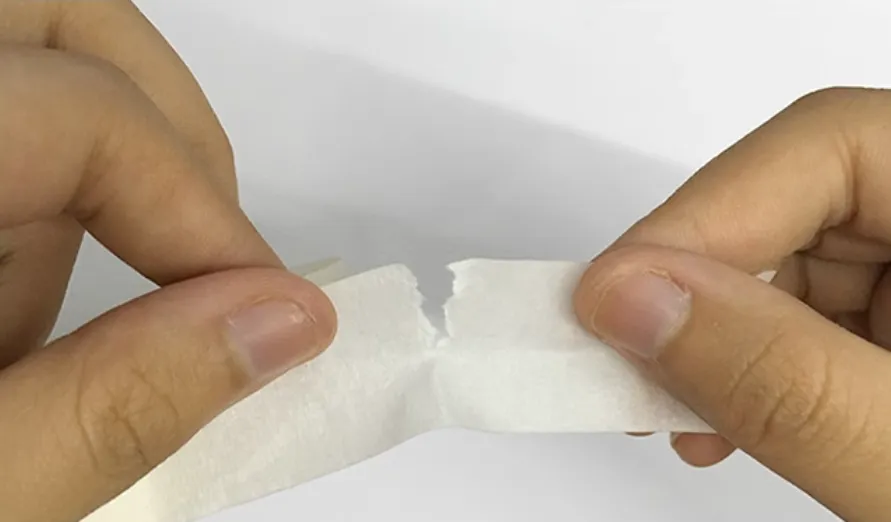Exploring the Benefits and Applications of Linoleum Flooring Sheets
The Versatility and Benefits of Linoleum Sheets
Linoleum, a flooring material made from natural and renewable resources, has been a popular choice for homes and commercial spaces for over a century. Initially developed in the 1860s, linoleum sheets have evolved significantly, becoming synonymous with durability, versatility, and aesthetic appeal. This article explores the benefits, applications, and maintenance of linoleum sheets, highlighting why they remain a favorite in modern interior design.
Natural Composition
One of the standout features of linoleum is its composition. Unlike synthetic flooring options, linoleum is crafted from natural materials such as linseed oil, cork dust, wood flour, and pigments. This eco-friendly approach makes linoleum an attractive choice for environmentally conscious consumers. The use of renewable resources means that linoleum is biodegradable and can be produced with a smaller carbon footprint compared to vinyl and other synthetic materials.
Durability and Longevity
Linoleum is renowned for its durability. Properly installed and maintained linoleum sheets can last 20 years or more, making them a wise investment for both residential and commercial spaces. The material is resistant to scratches, dents, and stains, which is particularly beneficial in high-traffic areas. Moreover, linoleum offers good resistance to moisture, making it suitable for kitchens and bathrooms when appropriately sealed.
Design Versatility
Design plays a crucial role in choosing flooring materials, and linoleum excels in this area. Available in a vast array of colors, patterns, and textures, linoleum sheets can mimic natural materials like wood and stone or showcase vibrant and modern designs. This versatility allows homeowners and designers to create unique, customized spaces that fit their aesthetic preferences.
Comfort and Health Benefits
linoleum sheets

In addition to its visual appeal, linoleum is known for its comfort underfoot. The natural cork dust in its composition provides cushioning, making it more comfortable than many hard flooring options. This quality can be particularly beneficial in places where people stand for extended periods, such as kitchens or retail environments.
From a health perspective, linoleum is a non-toxic option that does not emit volatile organic compounds (VOCs) once fully cured. This characteristic contributes to better indoor air quality, making it a suitable choice for homes with young children, pets, or individuals with sensitivities to chemical emissions.
Easy Maintenance
Maintaining linoleum sheets is straightforward. Regular sweeping or vacuuming, combined with occasional damp mopping using a mild detergent, is usually sufficient to keep the surface clean and looking great. Unlike some flooring types that require extensive upkeep, linoleum’s resilience means that it retains its appearance with minimal effort.
Sustainability and Eco-Friendliness
As the world increasingly prioritizes sustainability, linoleum shines as an environmentally friendly option. Its production utilizes renewable resources, and its longevity ensures that it does not contribute significantly to landfill waste over time. Furthermore, products made from linoleum are often recyclable, reinforcing their eco-friendly reputation.
Conclusion
In conclusion, linoleum sheets offer a multitude of benefits that make them a compelling choice for flooring. Their natural composition, durability, design versatility, health benefits, easy maintenance, and eco-friendliness set them apart from their synthetic counterparts. Whether you are renovating your home or designing a commercial space, linoleum should be on your radar as a versatile and sustainable flooring option. With a rich history and a promising future, linoleum continues to be a favorite among homeowners, designers, and builders alike, proving that this classic material is far from being outdated; rather, it is a beneficial choice for modern living.
-
Waterproof Advantages of SPC Flooring Vinyl in KitchensAug.06,2025
-
SPC Hybrid Waterproof Flooring Thickness GuideAug.06,2025
-
Leveling Subfloor Before My Floor SPC InstallAug.06,2025
-
How Mesh Deck Skirting Improves Outdoor Pest ControlAug.06,2025
-
Choosing the Right Commercial Flooring for Your Business NeedsAug.06,2025
-
Choosing the Best Residential Flooring: A Comprehensive Guide to Style, Durability, and ComfortAug.06,2025




